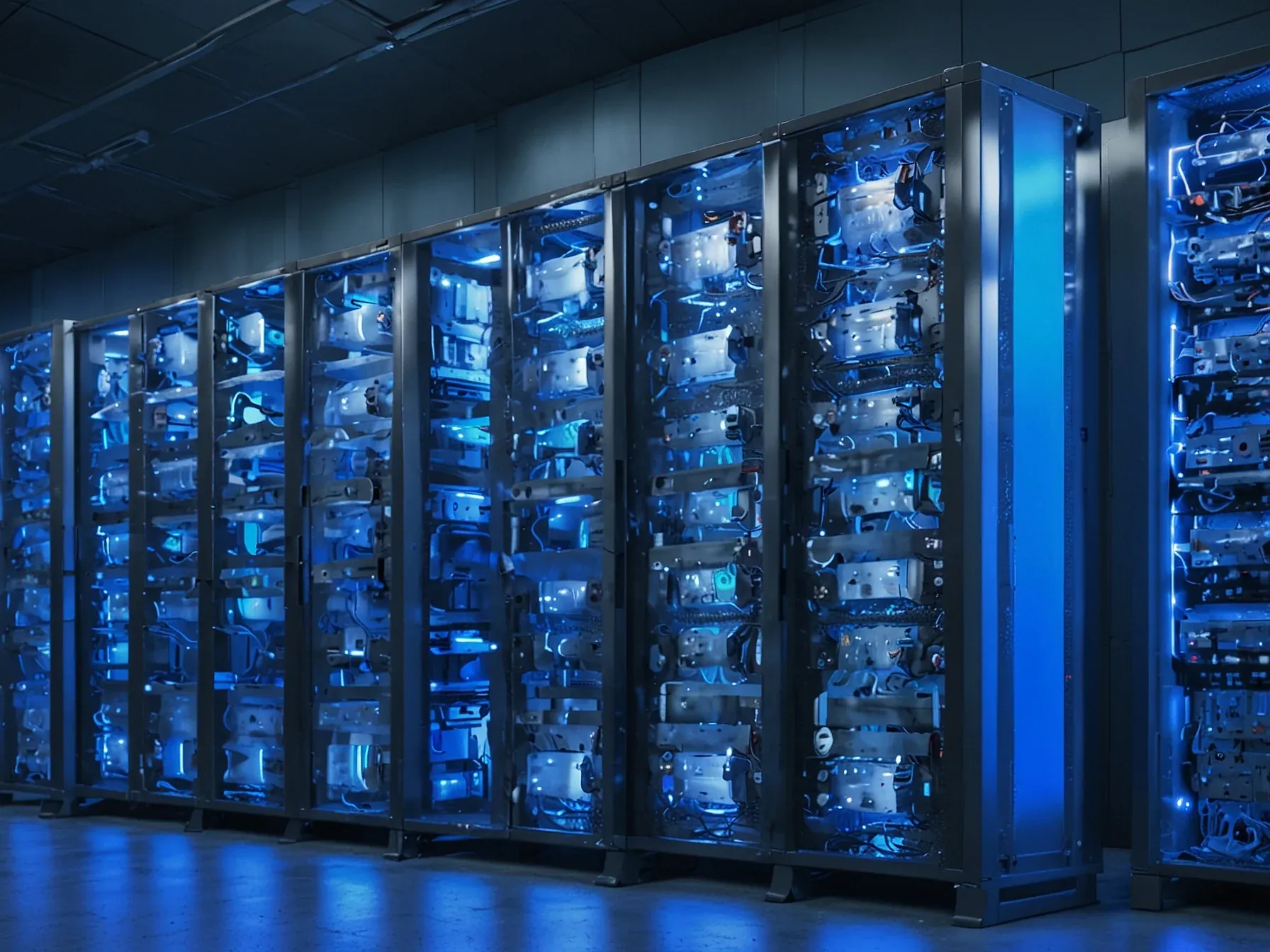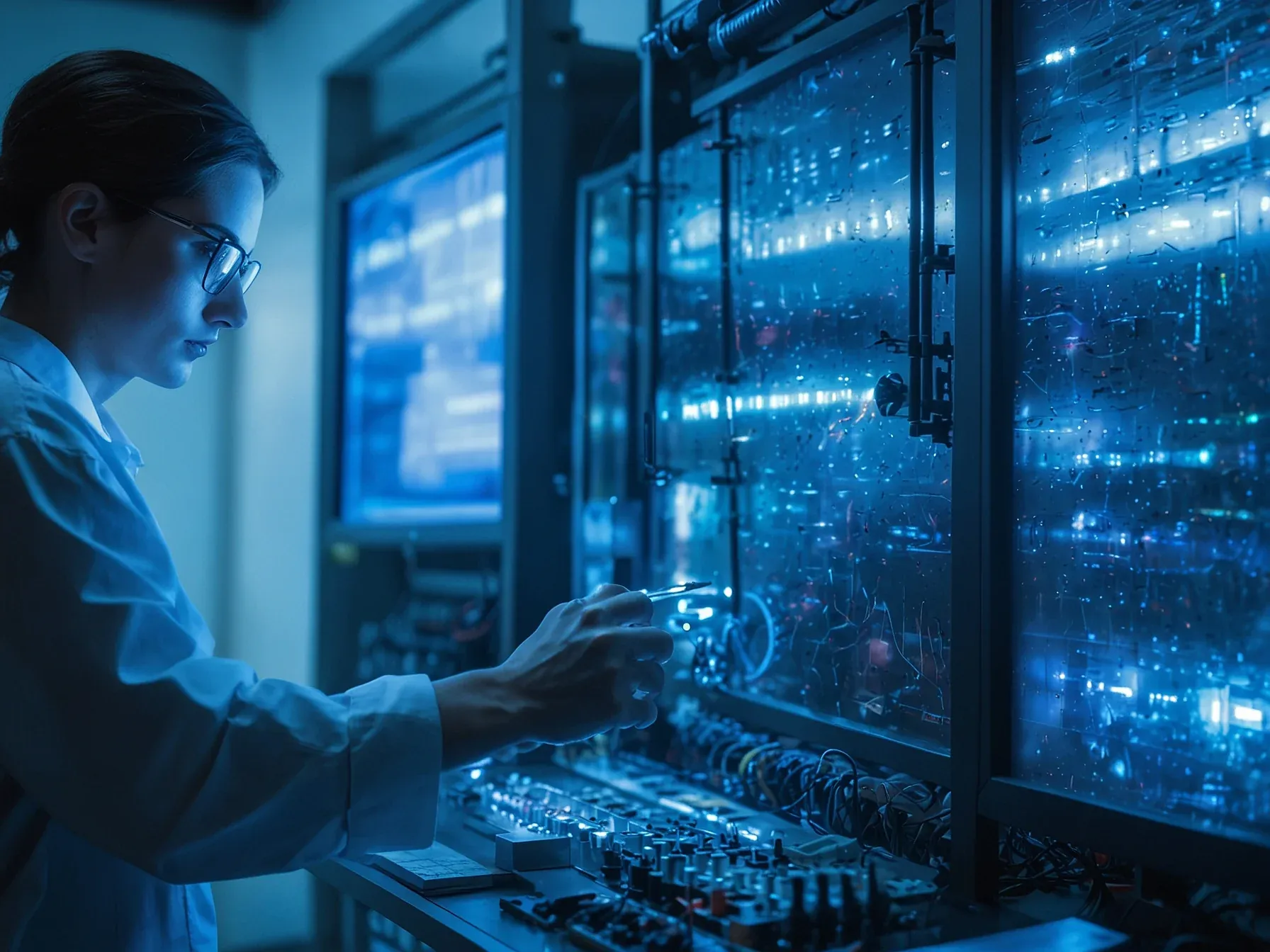
Google targets 1000x AI compute rise in five years with new chips, DeepMind aid
Google has set its sights on a staggering increase in artificial‑intelligence horsepower: a thousand‑fold boost in compute over the next five years. The ambition, outlined in a recent internal briefing, hinges on more than raw silicon. Executives are already flagging the need for next‑generation chips, tighter integration between hardware and software, and smarter, leaner models that can squeeze more out of each operation.
To that end, DeepMind’s research teams have been tapped to help forecast the capabilities of future models and the compute they will demand. The pressure is real—Google’s chief architect, Vahdat, has warned that the company must race to expand its capacity before the target slips out of reach. Meeting that goal will require more efficient AI models, new AI chips, tighter hardware‑software co‑design, and support from Deepmind's research teams, which are helping Google anticipate future model capabilities and compute demands.
Vahdat said the company has to race to build out compute capacity.
Meeting that goal will require more efficient AI models, new AI chips, tighter hardware-software co-design, and support from Deepmind's research teams, which are helping Google anticipate future model capabilities and compute demands. Vahdat said the company has to race to build out compute capacity in order to meet demand. He described the race to build AI infrastructure as "the most critical and also the most expensive part" of the AI race.
Google doesn't have to outspend competitors, he said, but it will "spend a lot" to build an infrastructure that is "far more reliable, more performant and more scalable than what's available anywhere else." Google's own hardware is a major part of that strategy. Last week, the company unveiled the seventh generation of its Tensor Processing Units, codenamed "Ironwood". Google says the new TPU is nearly 30 times more energy-efficient than the first cloud TPU introduced in 2018.
OpenAI CEO Sam Altman recently made a similar point, arguing that the AI race ultimately comes down to securing as much compute as possible. To keep pace with chip makers and cloud providers, OpenAI is taking on significant debt. Even Google employees worry about a potential AI bubble At the same meeting, Google employees raised concerns about the financial risks tied to these investments.
CEO Sundar Pichai acknowledged those worries, noting that fears of an AI bubble are "definitely in the zeitgeist." Still, he argued, as before, that underinvesting would be riskier than spending too much. Pichai pointed to strong demand in Google's cloud business, which just recorded 34% annual revenue growth to more than $15 billion in the quarter. He said the numbers could have been even higher if more compute capacity had been available.
Will Google actually hit a thousand‑fold boost? The internal roadmap says it must double serving capacity every six months, a cadence that leaves little margin for error. New AI chips and tighter hardware‑software co‑design are touted as the primary levers, while more efficient models are expected to stretch each flop further.
DeepMind’s research teams are slated to feed forward‑looking model forecasts, essentially guiding the hardware build‑out. Vahdat’s slide paints a race against demand, but the sheer scale of the expansion raises questions about supply‑chain resilience and power availability. No timeline beyond the five‑year horizon is provided, and the document offers no detail on cost or risk mitigation.
If the assumptions about model efficiency hold, the plan could be plausible; if not, the required hardware rollout may outpace realistic production rates. In short, Google has laid out an aggressive compute agenda, yet whether the combination of chips, software tweaks, and DeepMind insight can deliver the promised 1,000× increase remains uncertain.
Further Reading
- Google's 1000x AI Compute Ambition and Its Implications for AI Infrastructure and Software Ecosystems - AInvest
- Google must double AI compute every 6 months to meet demand, AI infrastructure boss tells employees - SVCP
- Google DeepMind CEO on the AI tricks up the company's sleeve - Semafor
- Google's AI Strategy and 11 Key Developments - AIMultiple
- Google Must Double AI Compute Every Six Months, Infrastructure Chief Warns - OpenDataScience
Common Questions Answered
What is Google's target for AI compute growth over the next five years?
Google aims to achieve a thousand‑fold increase in AI compute within five years. This ambitious target requires doubling serving capacity every six months and relies on new AI chips, tighter hardware‑software co‑design, and more efficient models.
How is DeepMind contributing to Google's AI compute roadmap?
DeepMind's research teams are providing forward‑looking model forecasts to help Google anticipate future model capabilities and compute demands. Their insights guide the design of next‑generation chips and the overall hardware‑software integration strategy.
What role do new AI chips play in meeting Google's compute ambitions?
New AI chips are identified as a primary lever to stretch each floating‑point operation further and support the rapid scaling of serving capacity. Coupled with tighter hardware‑software co‑design, they aim to deliver the performance needed for the 1000x compute boost.
Why does Google emphasize more efficient AI models in its plan?
More efficient models are expected to extract more work from each flop, reducing the raw silicon required for the same level of performance. This efficiency helps mitigate the massive cost and infrastructure challenges of scaling compute at the projected pace.
What is the cadence Google must maintain to achieve its AI compute goal?
Google's internal roadmap calls for doubling its AI serving capacity every six months. This aggressive cadence leaves little margin for error and underscores the critical importance of hardware advances and model efficiency.




